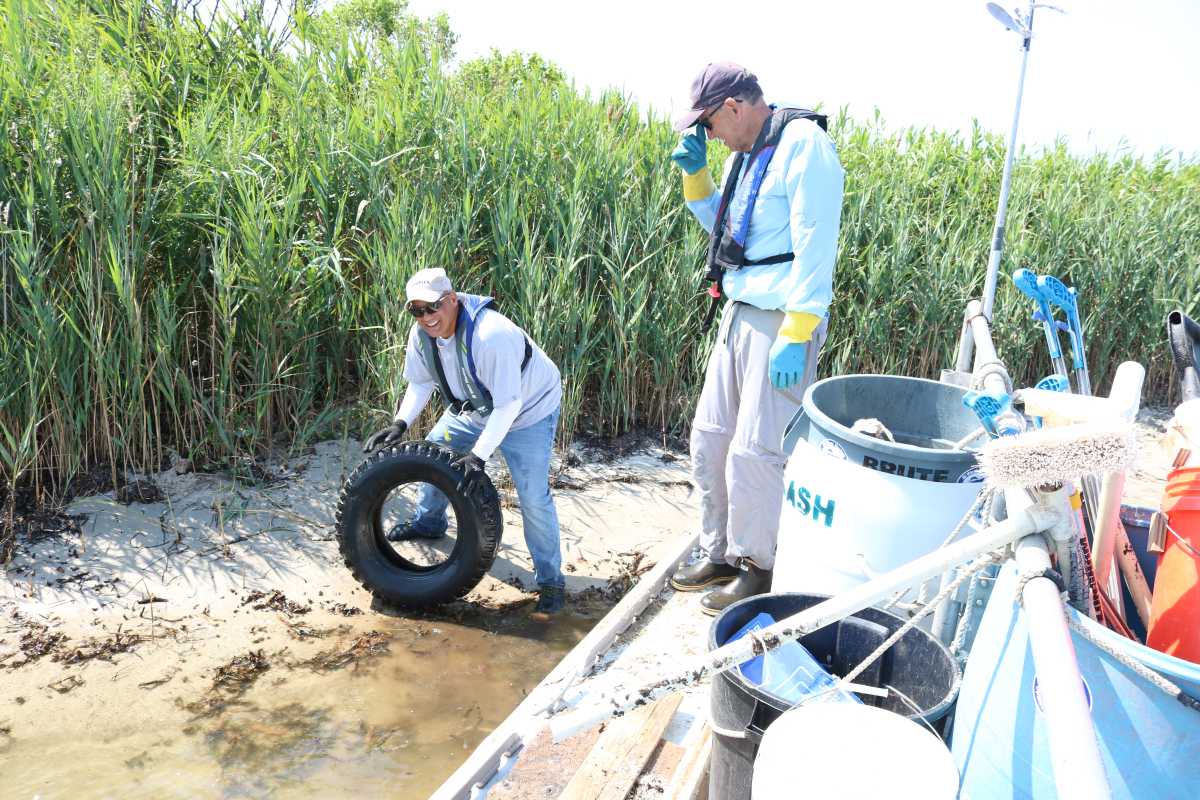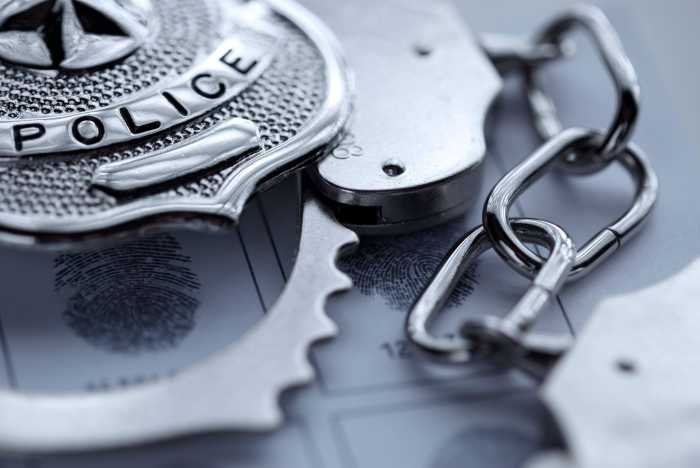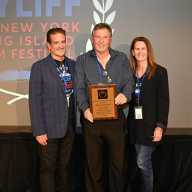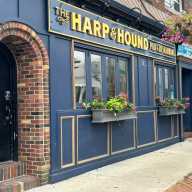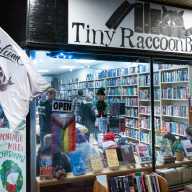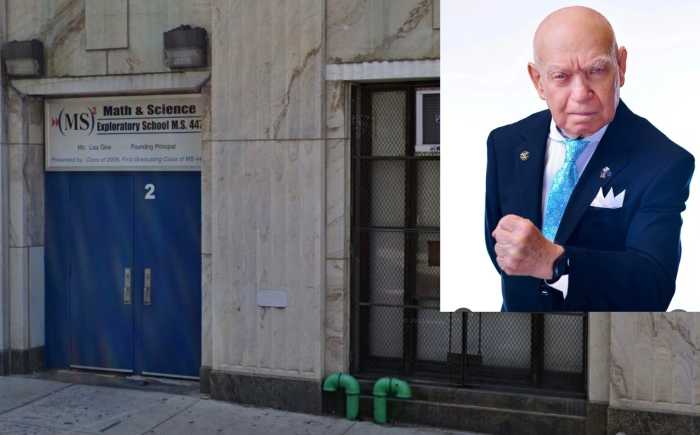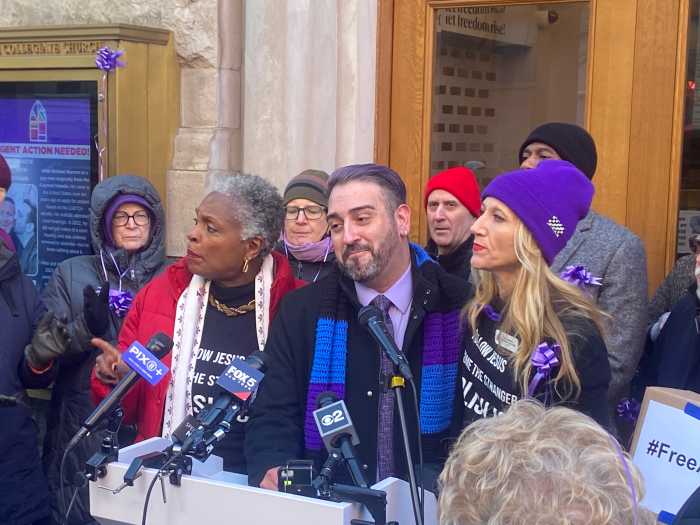For South Shore of Long Island residents, the Great South Bay (GSB) is a staple in life. It serves as a cultural hub, an important ecological area, and has local economic means. Unfortunately, some people disregard the importance of this remarkable waterway by littering, dumping, and treating it with disrespect. That is where organizations like Operation SPLASH. come into play.
Standing for “Stop Polluting, Littering, and Save Harbors,” Operation SPLASH is a 501(c)(3) non-profit volunteer-based organization. With its headquarters in Freeport, SPLASH owns a total of eight boats: six trash removal boats and two for its robust educational program, such as school trips and employee team building events. Since the organization’s founding in 1990 by Joanne Grover, it has successfully removed over three million pounds of debris from Long Island’s bays, and the total continues to grow. SPLASH now accounts for 3,000 members as they continue to grow over their 35 years of environmental advocacy.
During the boating season, from East Rockaway to Fire Island, they patrol the bay, helping remove debris that builds up and affects the marine life above and below the waterline of the GSB. While much of this debris comes from individuals, even more comes from storm drain run-off from the streets of the mainland. Autoparts and building materials that get washed into our waterways after weather events are another culprit.
“You feel good doing something for the environment, it’s a great way to help out and help marine life,” said John Hallowell, a longtime member of SPLASH. Each boat has its own set of captains, and they typically run every day, weather permitting. The furthest east boat is located at Tanner Park in Copiague, where Hallowell operates on Thursdays. I had the pleasure of joining him and a few other members on a July 24 trip. It was a look at what SPLASH is all about.
We departed Tanner Park on a clam boat that is modified for junk removal. It was a beautiful day out on the bay, not too hot, with a little wind and chop, but nothing the boat or crew couldn’t handle. Our first stop was right next to the Robert Moses Causeway bridge. These boats are made for shallow water, as we pulled right up to the bank and got to work, using trash pails and grabber sticks. From a full sheet of plywood, old crab traps, and loads of plastic bottles, it was a great start to what ended up being a huge junk load. The grossest find of the day definitely goes to the latrine found by Hallowell, used and left behind by partygoers. He wasted no time in removing the contaminants from the environment.
“You’re doing good things, with good people, who has it better than us?” stated Nancy Ackley, a multi-year and dedicated member of SPLASH. That was shortly after we removed two car tires, another crab trap with a string, and plastic bottles. A new trend is people using water bottles, tying their crab cages to them, and leaving them in the bay. They are not commercial fishermen’s traps, like the ones marked with foam flotation devices found around the bay. “It’s a pirate crab pot,” said Mike Ginsberg, another SPLASH member on the water with us that day. These are a terrible idea, as they often break and leave plastic, one of the worst types of pollutants, floating around in marine waters.
As we continued searching through the marshes around Fox Island and the state channel, the boat was filling up with all kinds of bottles, cans, wood, and even shoes. Before we headed back in, Hallowell, Ginsberg, and fellow member Barry Basso were determined to remove a massive piece of junk from the banks of the state channel they had been trying to get for weeks. The high tide was just enough to allow us to make land on the beach across from the old Frank and Dick’s gas station. It took all five of us, but we removed a beached Good Humor ice cream freezer, which was made in 1999. “It just doesn’t get any better than that,” an ecstatic Hallowell said about the amount of junk we removed that day. Once back at the dock, we unloaded all of the trash and placed it in the dumpster provided by the Town of Babylon, to ensure it was properly disposed of this time around.
While we removed a large boat full of garbage that day, it was only a small part of the total litter that resides in the GSB. Still, it contributed to the overall cleanup efforts that SPLASH undertakes annually. Last year alone, they removed 107,000 pounds of trash and aim to remove even more this year. They have also been integral in working with government and environmental leaders to upgrade sewage treatment plants. Additionally, SPLASH has implemented no-wake zones to protect the vital salt marshes and has been a leading advocate for installing debris traps in storm drains. The organization is always looking for new members to help combat pollution in our precious waterways. You can learn more on their website (www.operationsplash.org), social media, or visit their headquarters at 202 Woodcleft Avenue, Freeport, NY. As residents of Long Island and the South Shore, it is our responsibility to protect, restore, and preserve our beautiful waterways, just as SPLASH has been doing for many years.




